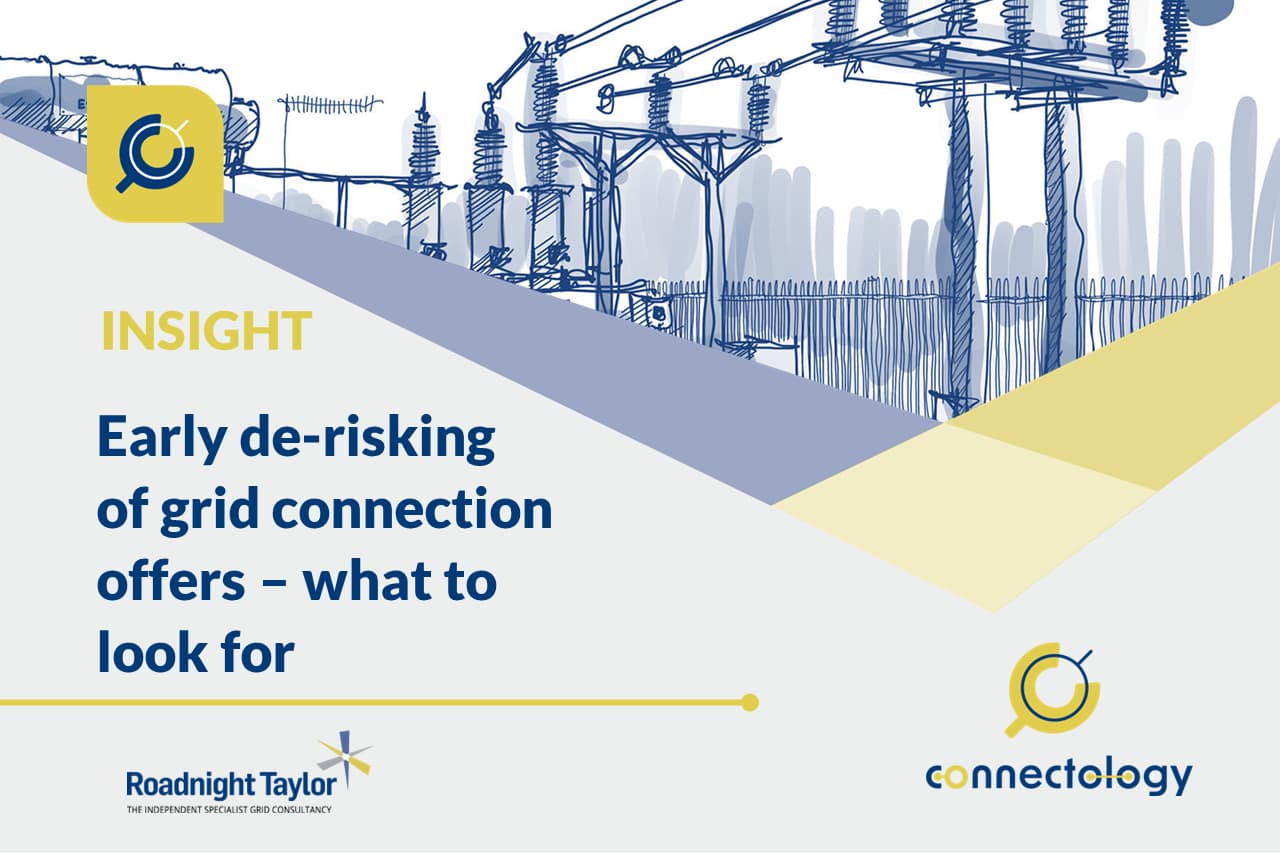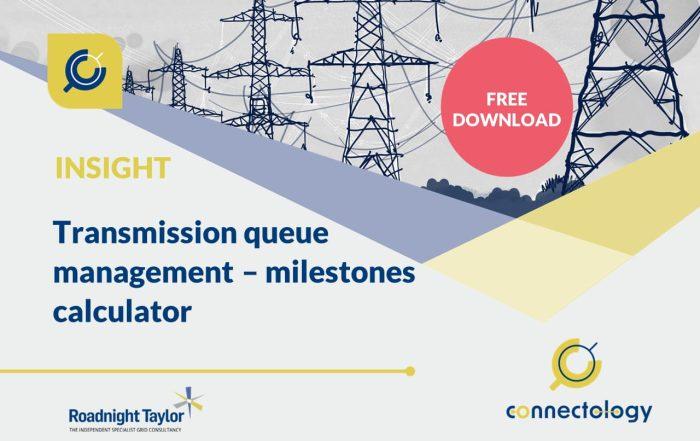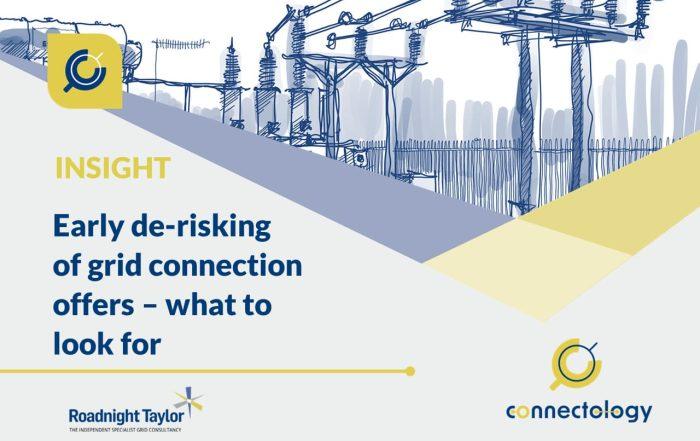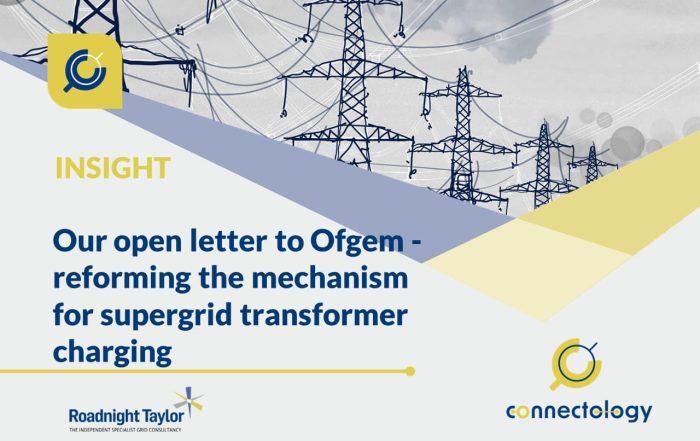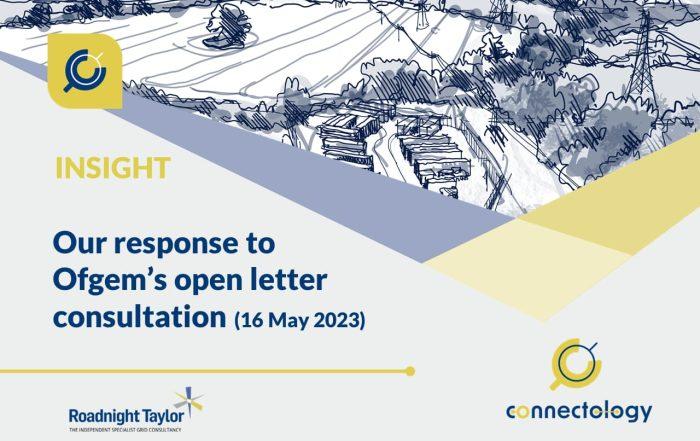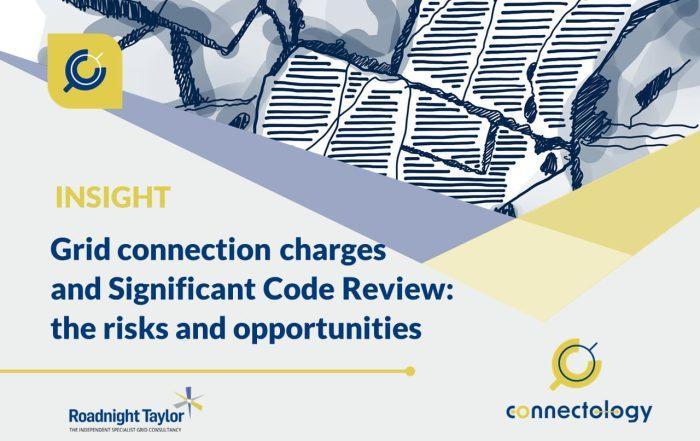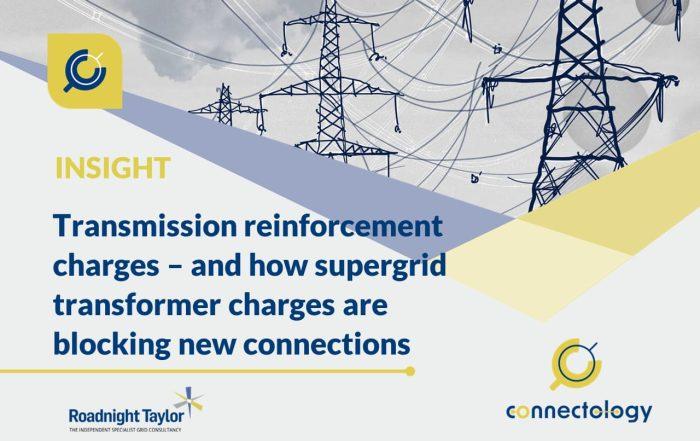Early de-risking of grid connection offers – what to look for
Activities after a connection offer is accepted are often overlooked. Grid offers come with a long list of caveats that over the course of the development process need to be worked through and clarified to avoid any pitfalls and delays. Here, we highlight some common elements of the post-acceptance process that can catch some developers out.
Article by Nikki Pillinger – expert grid connections project manager
Before joining Roadnight Taylor Nikki, headed grid teams at GRIDSERVE and British Solar Renewables where she managed the origination, de-risking, project management and energisation of a large number of grid connections. Nikki has also led the grid oversight in a significant volume of both project acquisitions and project sales.
11 September 2023

Here at Roadnight Taylor we spend a lot of time getting our clients the best grid offer available. However, what happens after a connection offer is accepted is often overlooked. Grid offers give a preliminary view of what a connection is likely to look like, however they come with a long list of caveats that over the course of the development process need to be worked through and clarified to avoid any pitfalls and delays post-acceptance.
Our podcast ‘Now you’ve got a connection offer, what next?‘ details some of the main areas to be aware of, and below we highlight other common elements of the post-acceptance process that can catch some developers out.
Transmission works assessment
The first, and currently the most critical, process to go through is the transmission impact assessment. The outcome of this will define if National Grid needs to carry out any work to accommodate your connection on the transmission network. It has historically defined connection timeframes, but the industry is now moving towards a ‘first ready, first served’ model instead of the traditional ‘first come, first served’ connection queue.
It is important to get this started as soon as possible and therefore it is advisable to engage with the Distribution Network Operator (DNO) to make sure that your project has been submitted by them and has been “clock started” by National Grid. In the past there have been instances where this has taken DNOs over 18 months, which has severely delayed projects.
It is possible to look at the risks yourself by analysing National Grid’s previous transmission impact assessments responses for the associated Grid Supply Point (GSP). We can also look at the available data to ascertain what impact further connections are likely to have on the existing infrastructure.
Physical site checks
There are several further de-risking activities that should be undertaken early. Hidden in DNO offers are conditions that can have a significant impact on the final connection. Most system planners do not have the time in the three-month application period to do physical site checks such as seeing whether a switchroom is extensible or whether there is space to join onto an underground cable.
Physical site checks like these can take less than a couple of hours to complete but can have a huge financial impact on a project if the assumption in the connection offer is wrong. Even if the condition is not easily investigated, or items that will need to go through detailed design are to be finalised, then it is always worth asking what the cost risk to the project will be in the worst-case scenario. Getting these clarified as soon as possible can significantly reduce risk and complexity.
Detailed design phase and communications
The detailed design phase is when the DNO designs their connection. Generally, the higher the voltage, the more complex this is, especially if the connection is onto overhead line infrastructure. During this phase communications surveys are carried out to determine how a generator will integrate into the existing network protection systems. Point of connection surveys and designs are also finalised and costings for the solutions are firmed up.
Communications and protection are a significant part of connection design. The primary purpose of electrical protection systems is to detect and isolate faults within the power system, and hopefully avoid any damage to electrical equipment. When a connection into the network is made it needs to integrate into the existing infrastructure. This is unique to each connection, and each DNO has separate policies on what communications methods are prioritised.
Overhead line connections
Overhead line connections require detailed surveys and designs before the final connection solution is finalised. The process of surveying, designing and replacing any overhead line infrastructure can take a couple of years, especially considering outage windows, so it is essential to get this process kicked off early.
ICP and third-party liaison
Most generation projects will appoint an Independent Connections Provider (ICP) to do the contestable works. While this can cut costs it also means that much more collaboration and liaison is needed between the DNO, the ICP and the client, which can include several internal teams. This requires constant management and tracking to ensure all tasks are being undertaken on time and on budget.
During construction there are hundreds of tasks that all need to be organised. It is essential that the dependencies between different activities on and off site are well understood and managed and coordinated effectively. For example, there may be several different comms links required for a generator to be integrated into protection and Active Network Management (ANM) systems, and also for site and battery energy storage systems (BESS) comms. If these are not scheduled then they can result in works being done twice or the project being delayed by third parties.
Milestone management
The DNOs also have milestones that all projects must aim to meet. These need careful and diligent management, as due to the enormous volumes of generators in the connection queue there is more of a push than ever to remove projects from the queue that are not progressing. If the DNO sees no tangible evidence of milestones such as planning and land rights being worked towards and met then projects will be cancelled.
In conclusion
Getting the right grid offer is a firm starting point for a successful project, but there is a huge amount of complexity in the delivery of a project. Momentum needs to be maintained in order to de-risk, meet milestones and ultimately build a financially viable and technologically sound scheme.
Contact us
Roadnight Taylor can can help you to manage cost and timescale risk on you accepted offers. To find out more about out connections management services call us on 01993 830571 or send us a message via our contact form.

